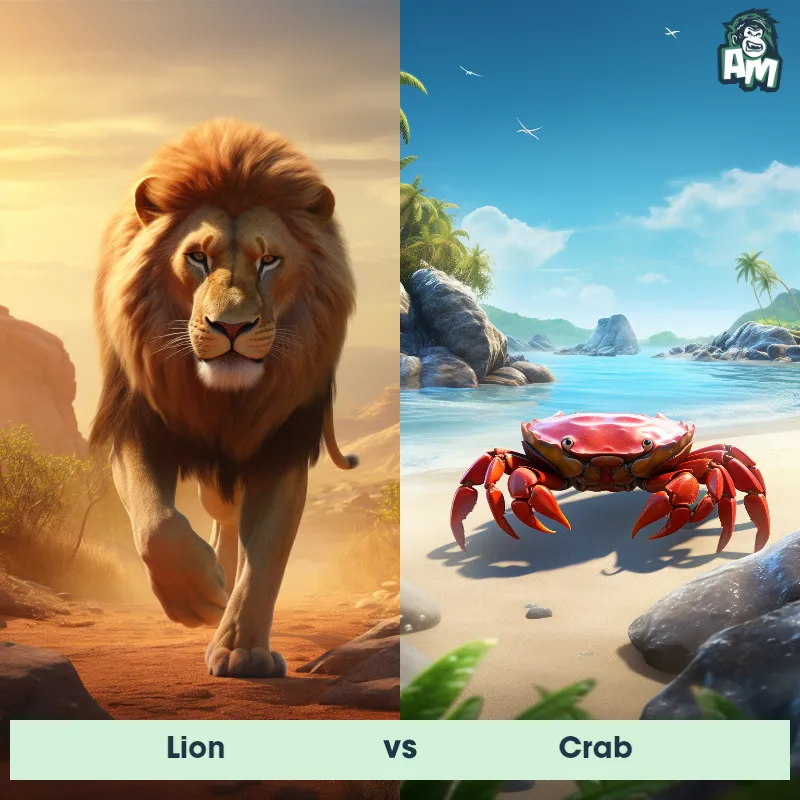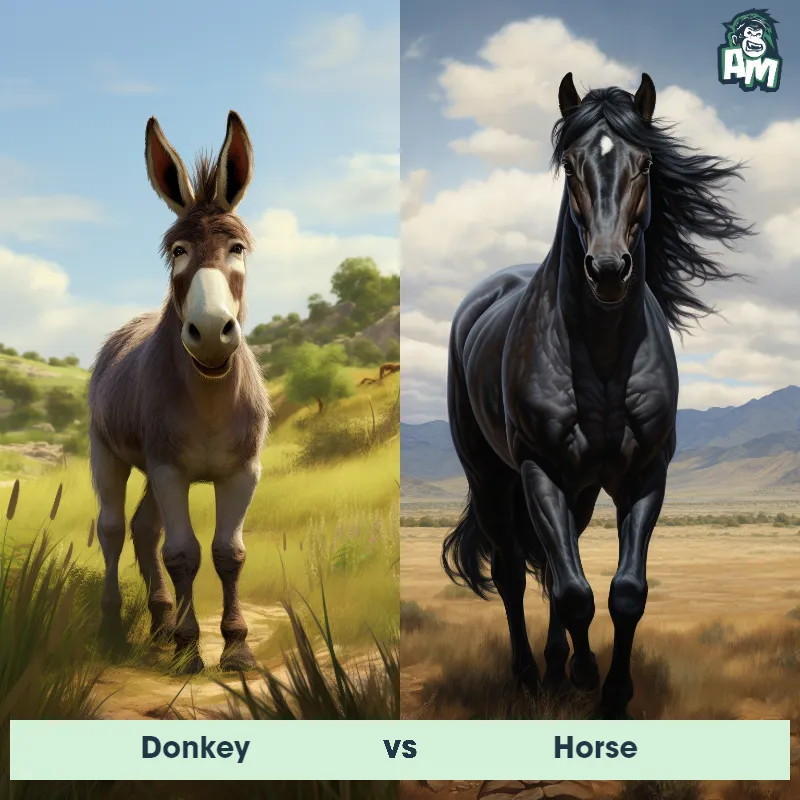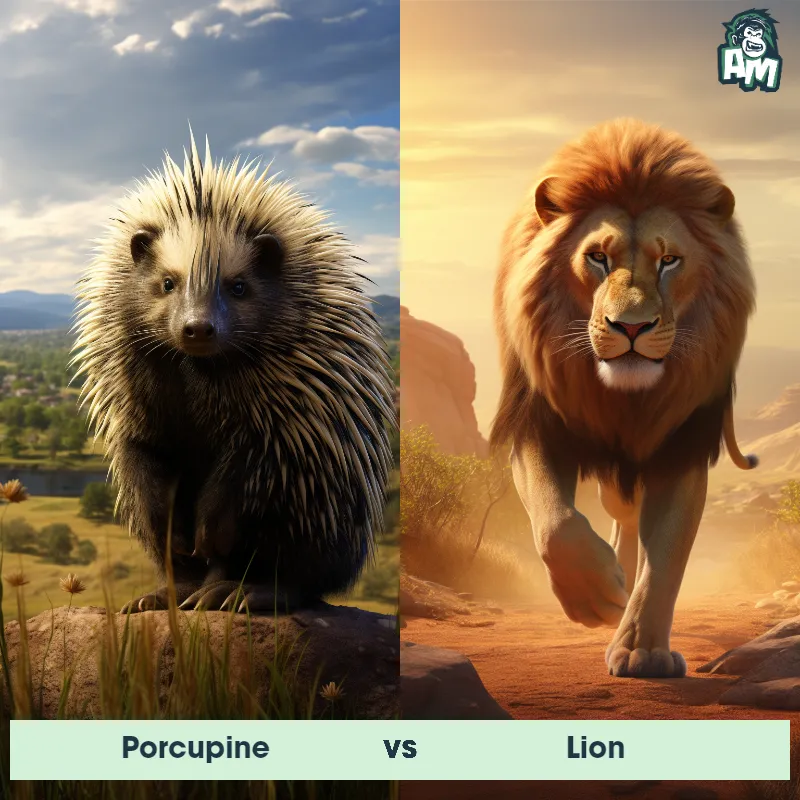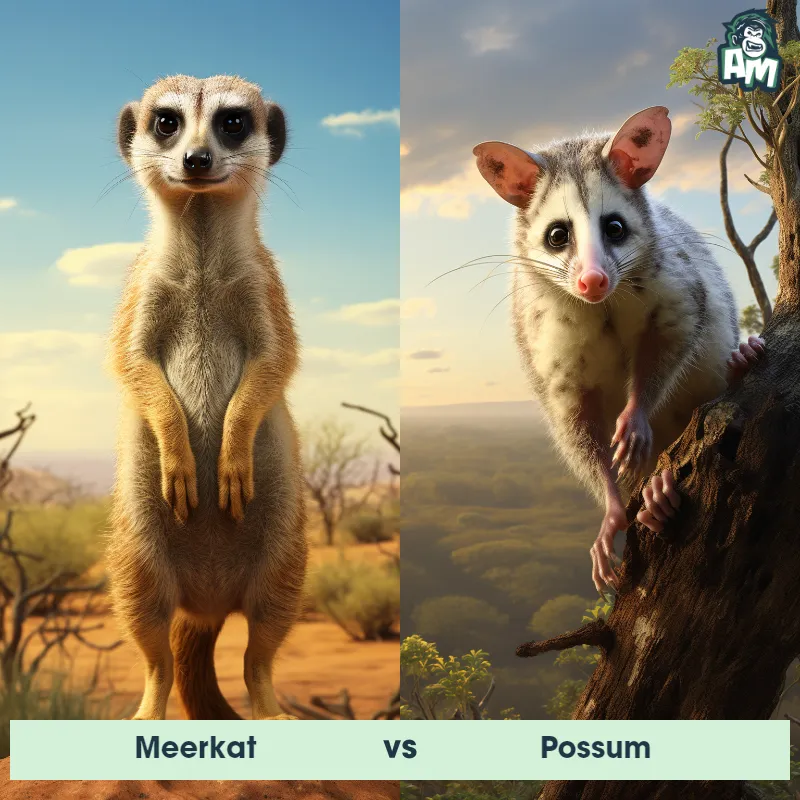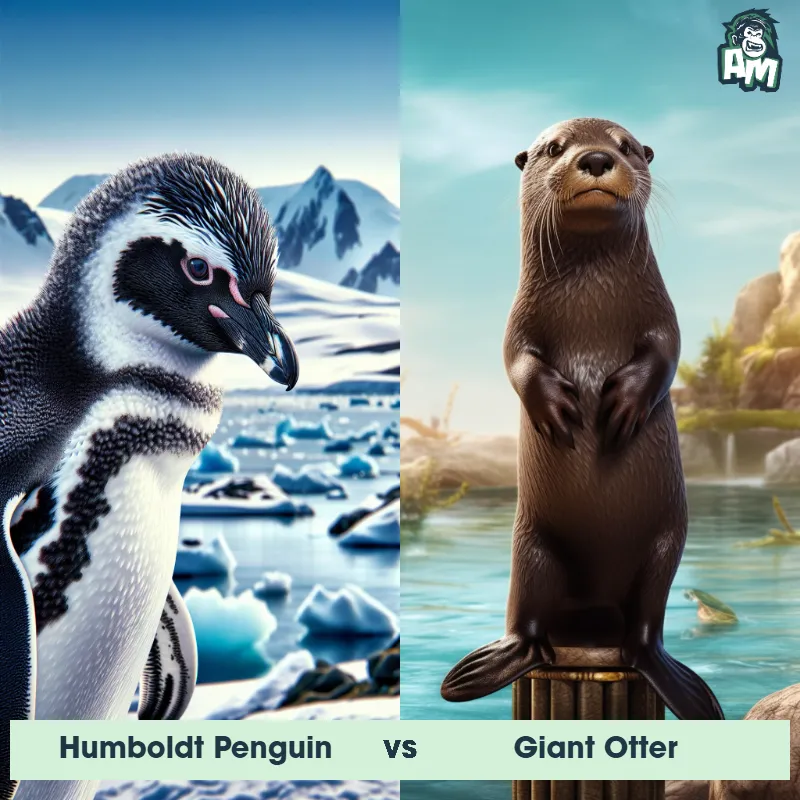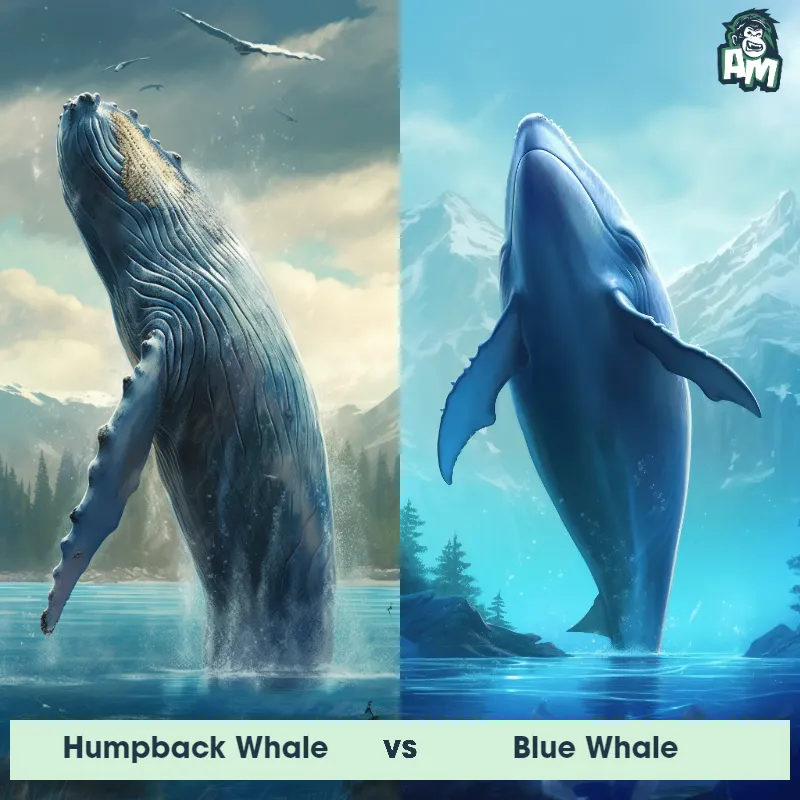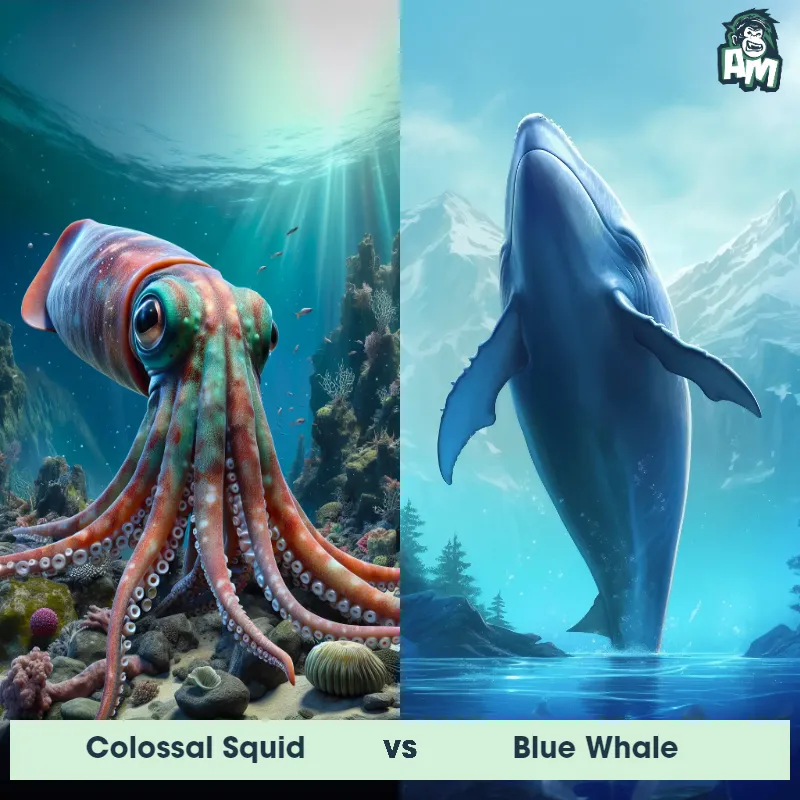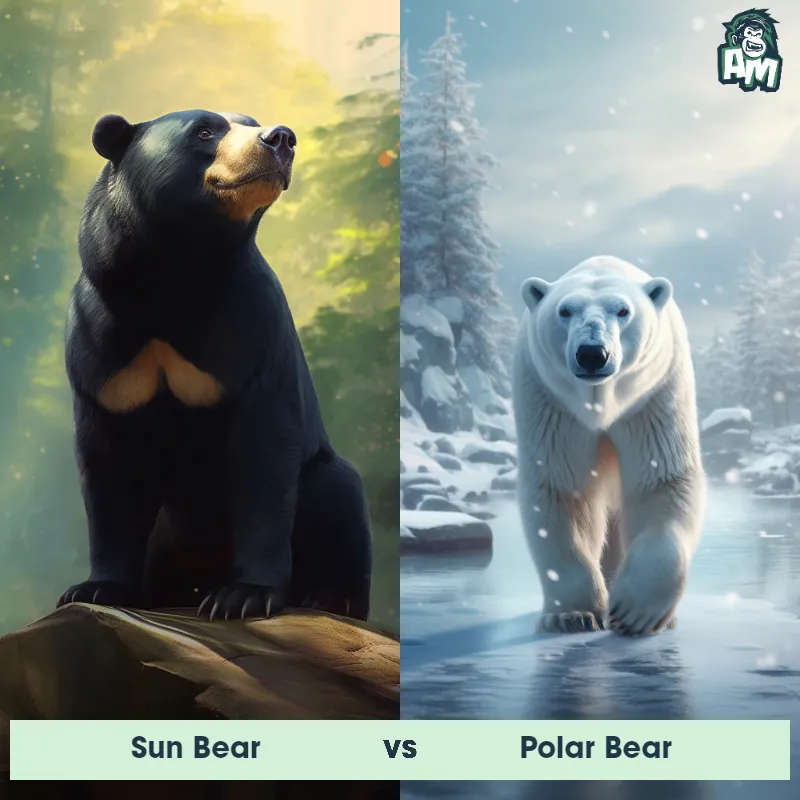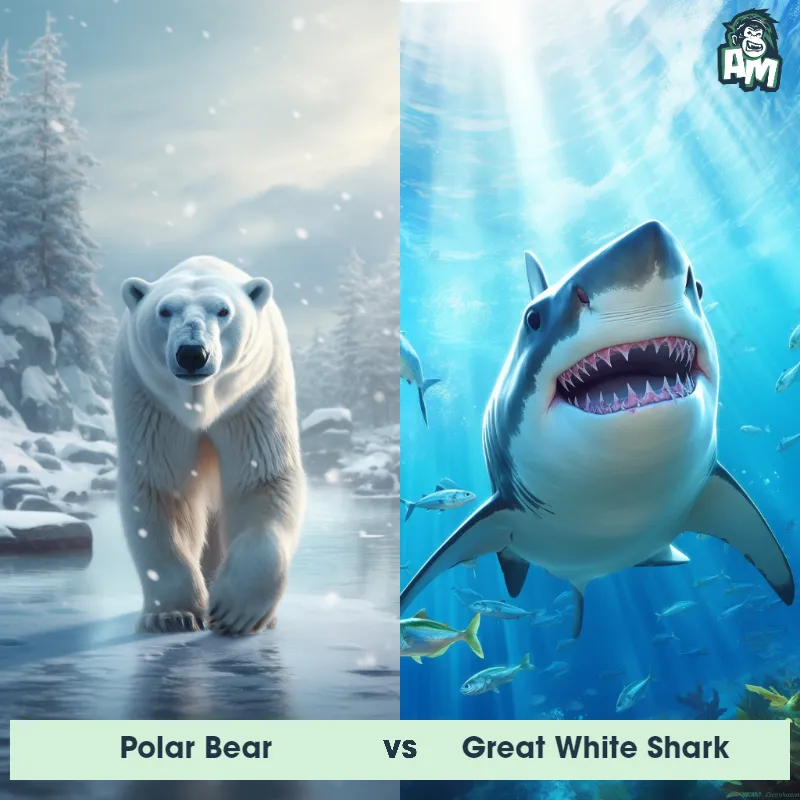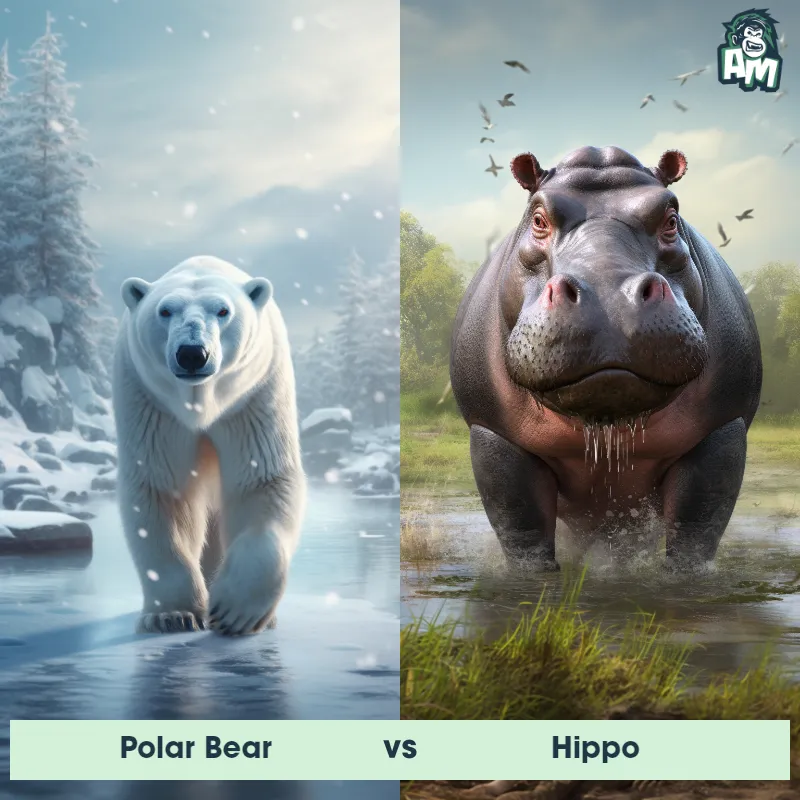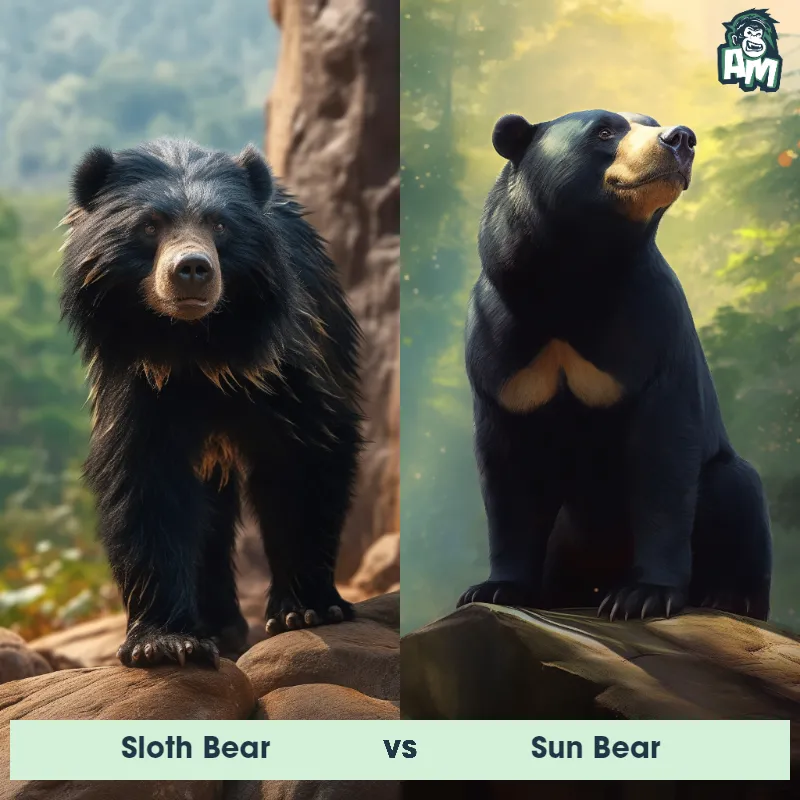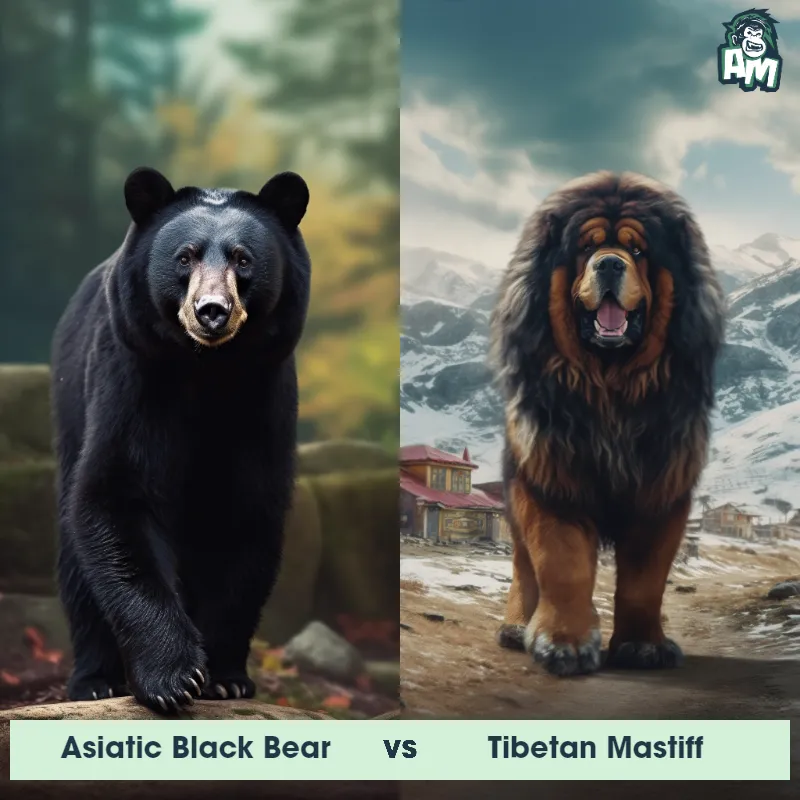Polar Bear vs Blue WhaleSee Who Wins
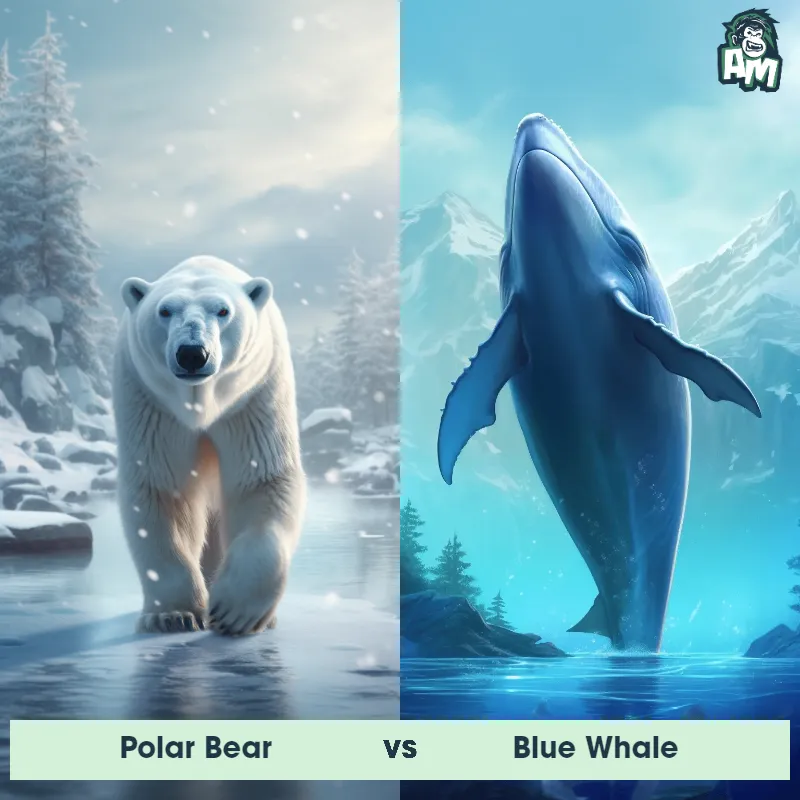
Ladies and gentlemen, welcome to this extraordinary showdown between two of nature's fiercest giants. We find ourselves on the precipice of an epic clash, where the mighty Polar Bear stares down the incredible Blue Whale. Both competitors have arrived at the battleground, where land converges with water, each bringing their unique set of skills and strength. It's time to witness this spectacular display of nature's power and resilience. Let the battle begin!
Contender 1: Polar Bear
The Polar Bear, also known as the Ursus maritimus, is a large carnivorous mammal that inhabits the Arctic region. They have a thick white fur coat that helps them blend in with their snowy surroundings, and their large paws are equipped with sharp claws that allow them to grip onto ice and catch prey. Polar Bears are excellent swimmers and can swim for long distances in search of food. They are also known for their incredible sense of smell, which they use to detect prey from miles away.
![[object Object] Gif](https://tenor.com/view/fight-mission-critical-nat-geo-wild-scuffle-brawl-gif-20524033.gif)
Fun Fact: Polar Bears have a layer of fat that can be up to 4.5 inches thick, which helps them stay warm in the frigid Arctic temperatures.
Contender 2: Blue Whale
The Blue Whale, also known as Balaenoptera musculus, is the largest animal on Earth, reaching lengths of up to 100 feet and weighing up to 200 tons. They have a long, streamlined body with a bluish-gray color and a small dorsal fin. Their diet consists mainly of krill, which they filter through their baleen plates. Blue Whales are known for their loud, low-frequency vocalizations, which can be heard for hundreds of miles.
Fun Fact: Blue Whales have the largest heart of any animal, weighing up to 1,000 pounds and being the size of a small car.
Matchup Stats
| Polar Bear | Blue Whale | |
|---|---|---|
| Size | 8-10 feet (2.4-3 meters) | Up to 100 feet (30.5 meters) |
| Weight | 900-1,600 pounds (408-725 kilograms) | Up to 200 tons (181 metric tons) |
| Speed | Speed: 25 mph (40 km/hr) | Speed: 20 mph (32.19 km/hr) |
| Key Strength | Powerful jaws and sharp claws | None |
| Biggest Weakness | Slow movement on land | Slow movement |
Current Votes
Polar Bear vs Blue Whale
See Who Wins
View More Matches
Looking For More?
Similar Matches
Scientific Stats
| Polar Bear | Blue Whale | |
|---|---|---|
| Scientific Name | Ursus maritimus | Balaenoptera musculus |
| Family | Ursidae | Balaenopteridae |
| Habitat | Arctic region | Open ocean |
| Geography | Arctic Circle | Worldwide |
| Diet | Carnivorous, primarily seals | Krill |
| Lifespan | 20 years - 30 years | 80 years - 90 years |
Key Differences between Polar Bear and Blue Whale
- Appendages: The Blue Whale possesses a pair of long, pectoral fins that can be up to one-third of its body length, whereas the Polar Bear has large, powerful, semi-retractable claws on its front paws, suitable for digging and walking on ice.
- Body covering: The Blue Whale has smooth, sleek skin without any noticeable fur or hair, while the Polar Bear has a dense layer of fur, covering the body except for its nose, eyes, and footpads.
- Color: The Polar Bear has a distinctive white fur that helps it blend in with its Arctic surroundings, while the Blue Whale has a bluish-gray color on its back and sides, often with lighter shades and patterns.
- Habitat: The Blue Whale lives in the vast open ocean, can be found in all major oceans, often in colder regions, whereas the Polar Bear is primarily found in the Arctic region, inhabiting the sea ice, coasts, and islands.
- Body shape: The Blue Whale has a streamlined body with a long, tapered shape that helps it swim efficiently through the water, whereas the Polar Bear has a bulkier, more muscular build ideal for walking and swimming in the Arctic.
- Size: The Blue Whale is the largest animal on Earth, reaching lengths of up to 100 feet and weighing around 200 tons, while the Polar Bear is much smaller and typically range between 7 to 10 feet in length and weigh up to 1700 pounds.



